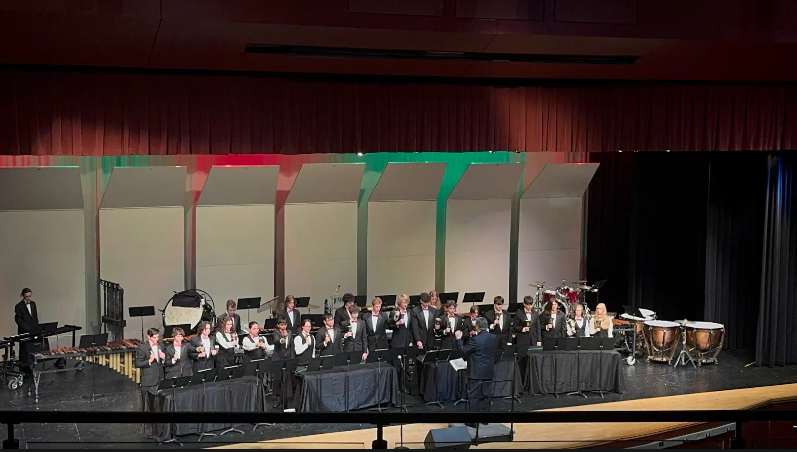¿Hablas español? Parlez-vous français? Sprechen Sie Deutsch? Well, can you? Learning a new language is an important part of today’s society; it allows communication among people of different backgrounds and cultures, and learning a new language broadens horizons and opens new opportunities. However, a dangerous pattern of under enrollment in middle school suggests that high school foreign language — and foreign language study post high school — may suffer.
This year New Market Middle School cut most of its funding for its French program, resulting in only one 21-student class. Compared to the previous year — one 7th grade class of 28 students and two 8th grade classes with a combined total of 32 students — that isn’t much.
Many other middle schools across the United States have also decreased funding for or entirely cut language courses. This may not seem critical due to the fact that most high school students have extensive language programs including AP courses. But what does this mean for fluency?
“I think [language learning] is extremely important,” Mrs. Dragana Blonder, a French and English teacher, says. “People are communicating more; they are connected more…there is a need to understand other cultures…there are more opportunities as well for people who speak a foreign language. It is an asset.”
“I was disappointed, sad and frustrated [that funding was cut],” says Mrs. Jennifer Burke, Language Arts teacher and instructor of NMMS’s single French class. “We live in an amazingly interconnected world in 2014, and English is not the only language spoken… The US education system needs to recognize the need for world language instruction.”
A secondary language is an important career asset in today’s society, yet with language courses labelled as “electives” in middle school and only two language courses needed to graduate high school, not much emphasis is being placed on learning a new language. In fact, foreign language classes are being cut so that schools can focus on classes deemed “essential:” English, math, science and engineering courses.
“It comes down to the education budget,” Burke says.
Even with language courses offered in middle and high schools, it’s not enough to reach fluency. Students are required to memorize new vocabulary for new languages in a short amount of time and have only a few years and four courses to do so.
“With [only] two courses, people cannot speak a language and they cannot see why it is useful to them,” Blonder says. English language study in most European countries is almost “compulsory.”
Europeans place more importance on learning a new language than Americans. According to the Goethe Institut in Germany, German students are required to take a foreign language as early as eight years old. According to Lexiophiles, in France students can learn three languages throughout their school careers. France also offers more languages: German, English and Spanish are offered as first- and second-language options, and Italian, Portuguese, Russian and Chinese (among other languages) are offered as third-language options.
“I think there should be foreign language instruction K-12 [in the US],” Burke says. “More world languages of all types need to be offered, starting at a younger age.”
The number of French language classes in Frederick County alone are scarce to begin with; there are 12 high school French teachers and seven middle school French teachers, and only seven of the county’s 13 middle schools offer French. Not all of these classes are taught by full-time teachers. There are only six German teachers in Frederick County as well.
“…I would like to see that number increase,” Burke says.
So little importance is placed on learning a foreign language, when in fact learning a second language can be essential to one’s success in later life; according to Annenberg Classroom, those who speak a second language earn more and have access to better jobs than those who don’t. While European students are learning new languages starting from an early age, students in America are at a disadvantage, allowed only a glimpse of what a second language can offer them.














